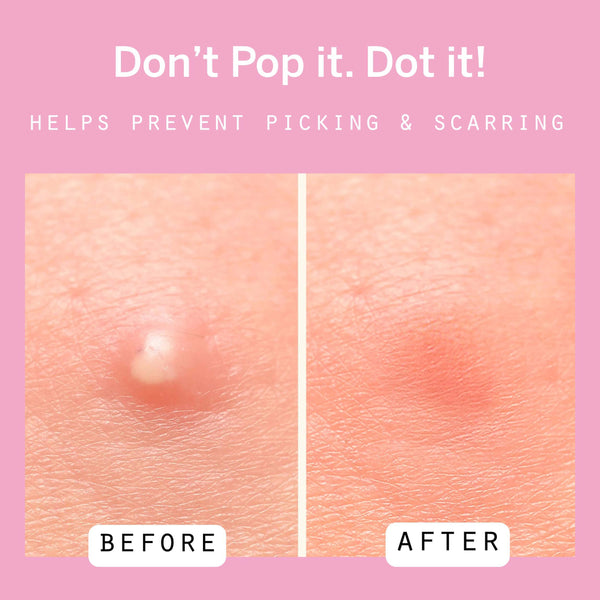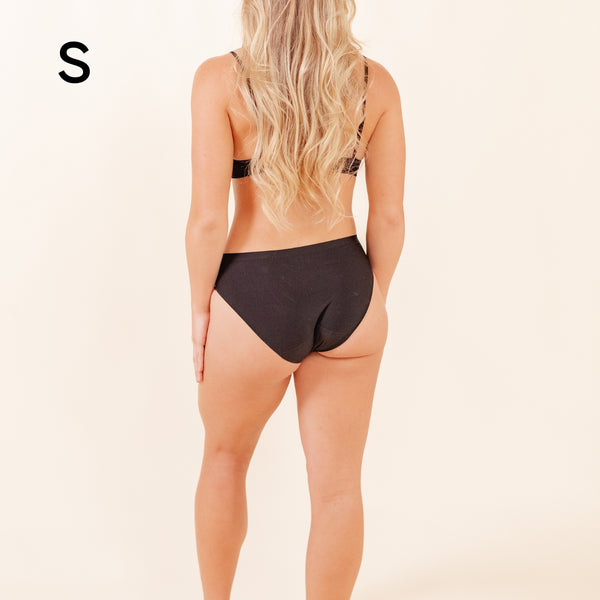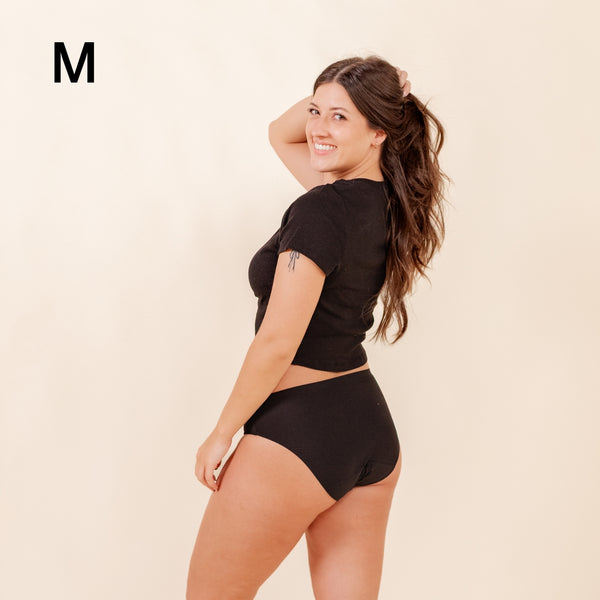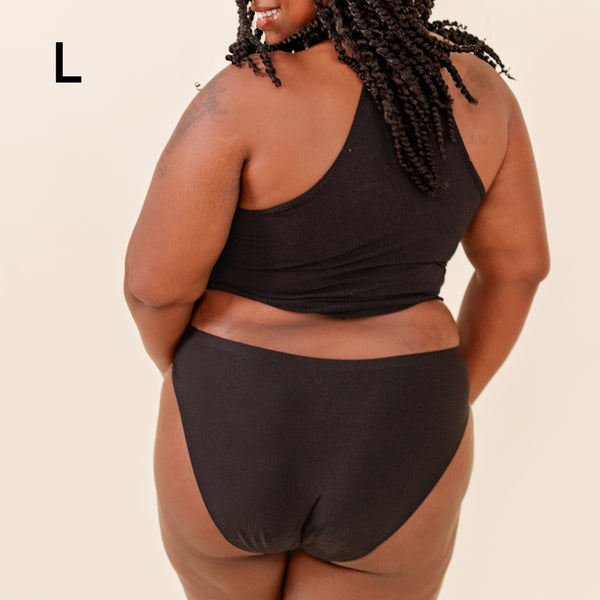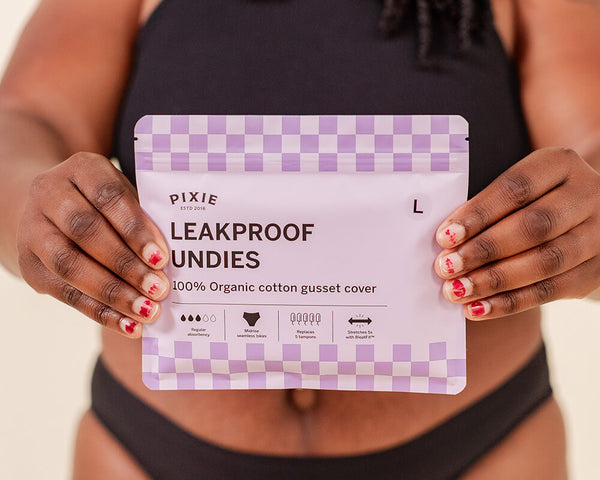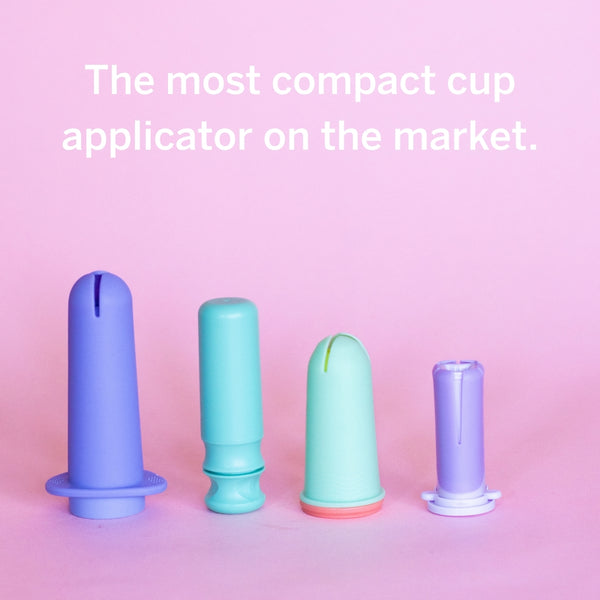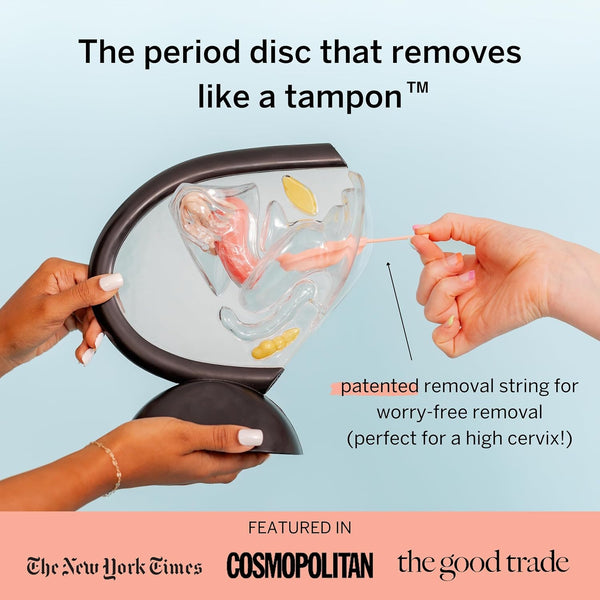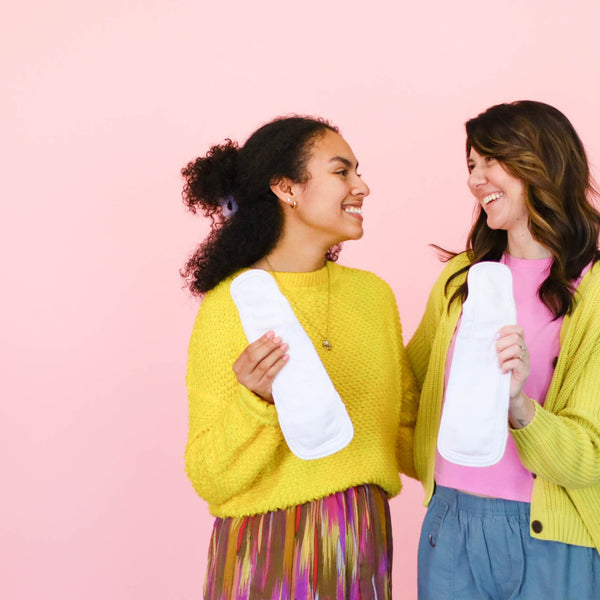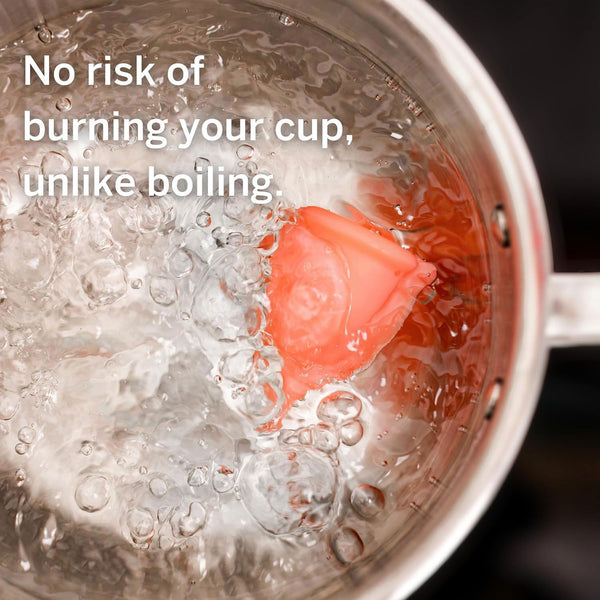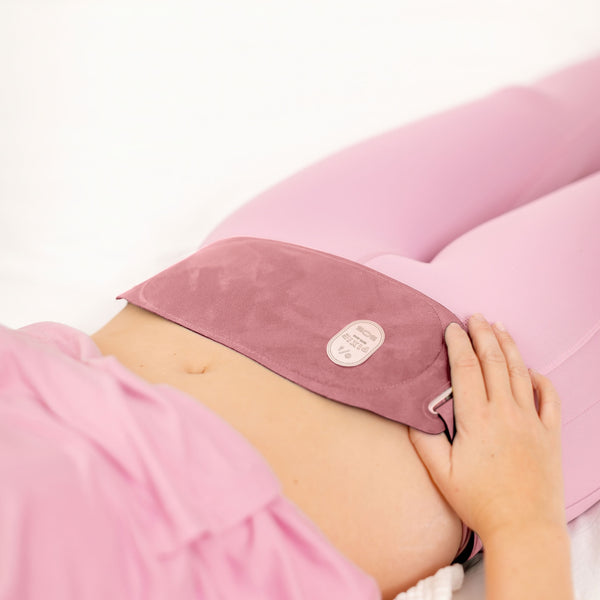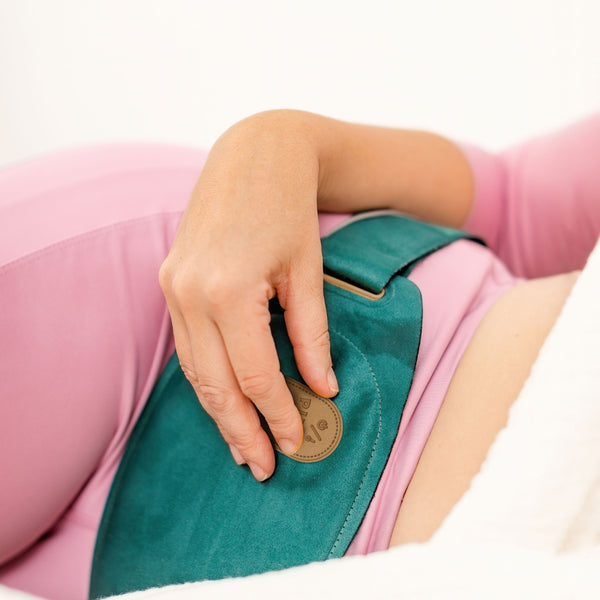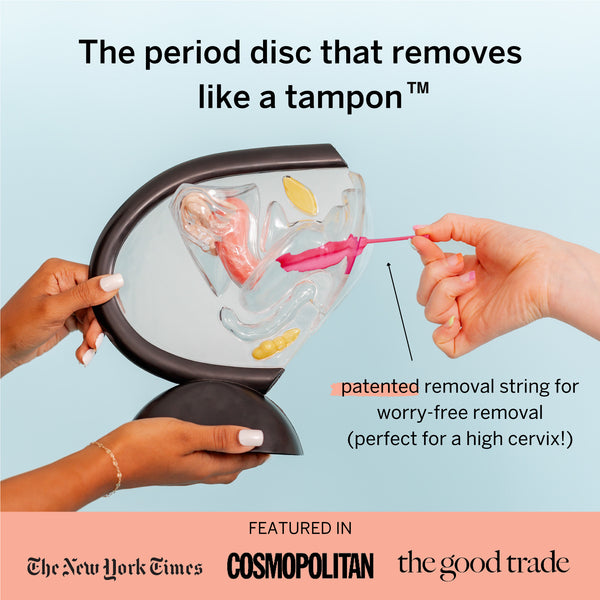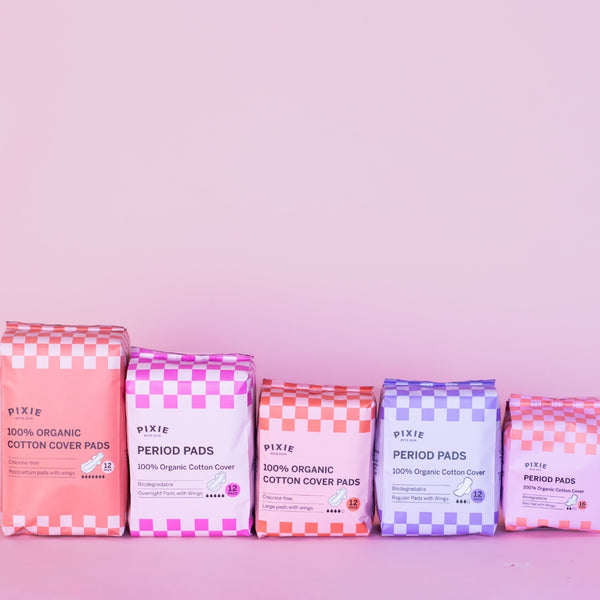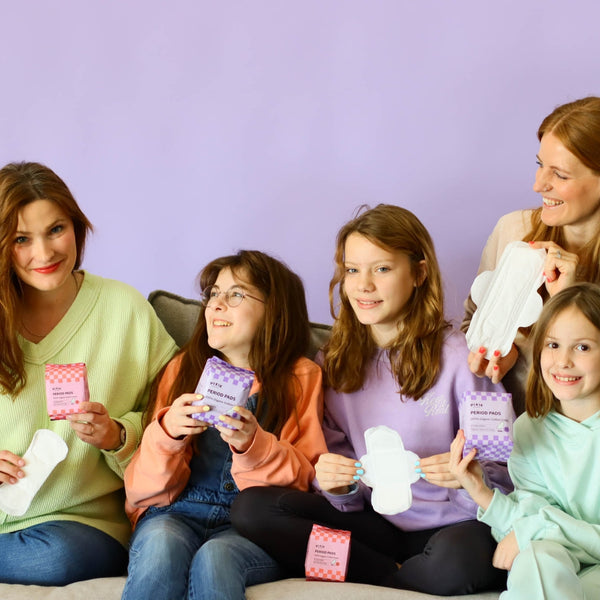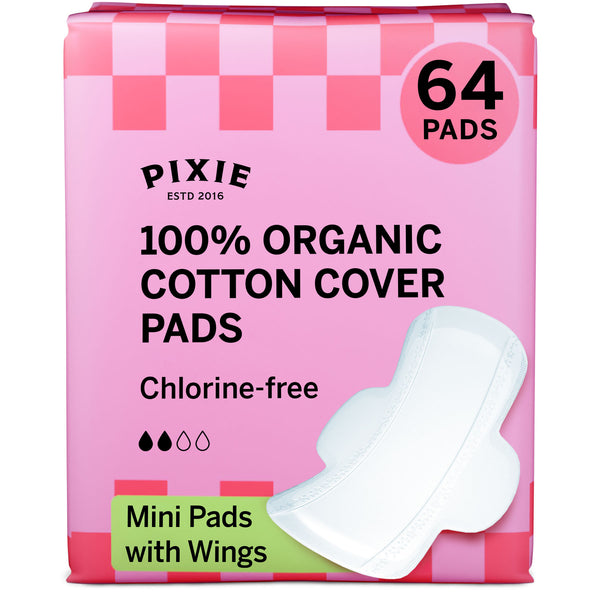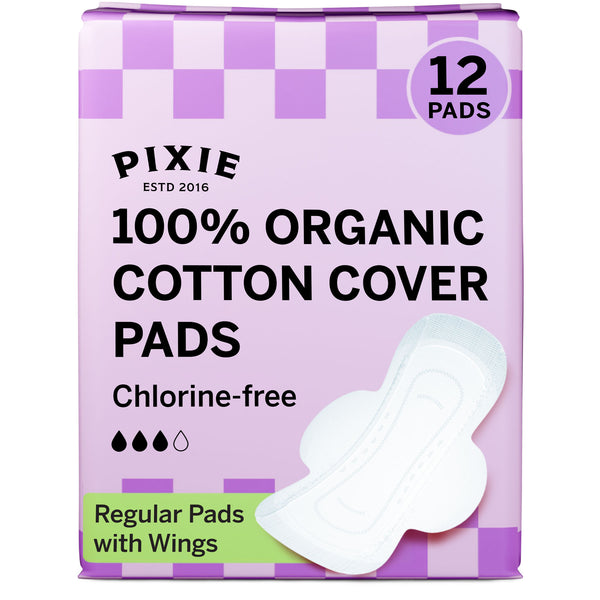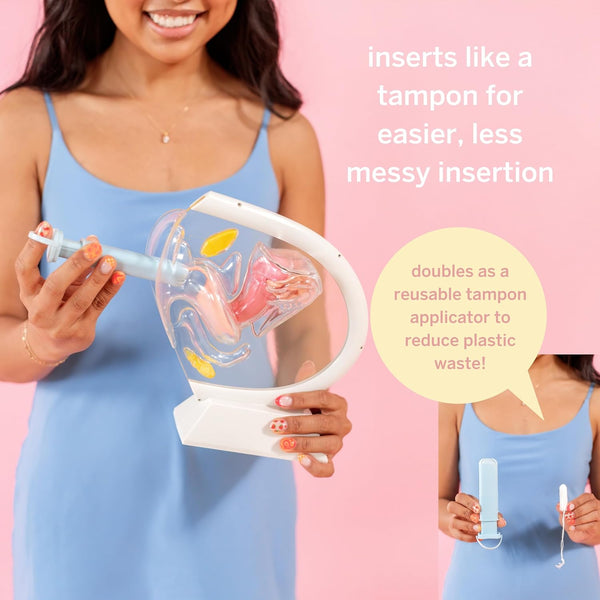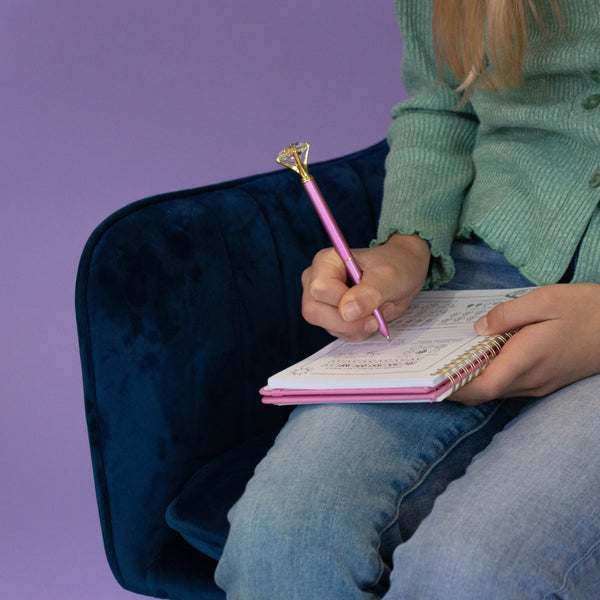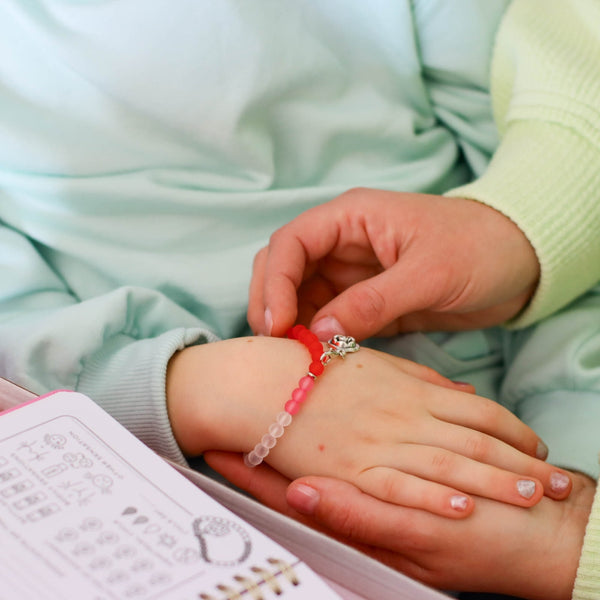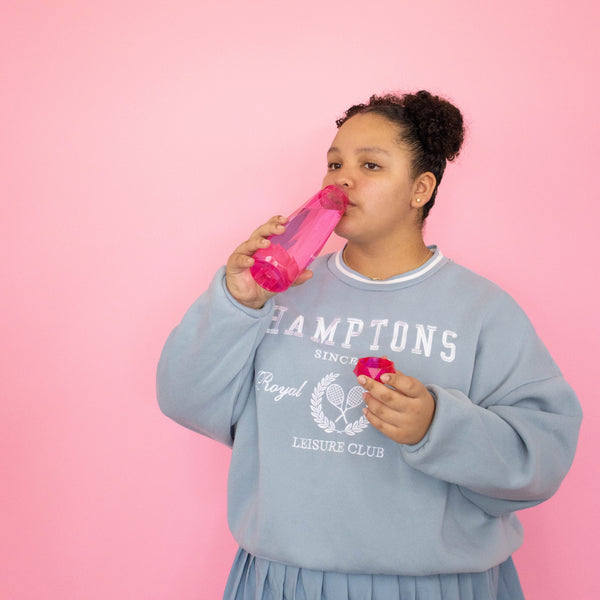How to use and care for reusable menstrual pads
So you’re looking into hopping on the reusable menstrual pad bandwagon? You’ve come to the right place! We recently released our Organic Cotton Pixie Pads and we’re so excited about this new product!

A lot of thought went into creating our new Pixie Pads. We’ve seriously worked hard to bring you pads that are good for both you and the planet. We are so thrilled to be able to offer another option to manage your period in an eco-friendly way!
Here’s everything you need to know about using and caring for reusable menstrual pads.
What are reusable menstrual pads?
In the late 1800’s, nurses started to fashion disposable pads out of a wood pulp fiber for the ease of throwing them away after use. In January 1921, Kotex published their first advertisement about a disposable menstrual pad product. Up until that point, cloth and rags were the norm for a woman on her cycle every month. As more women began working outside the home, the demand for disposable pads and menstrual products began to rise. Disposable tampons weren’t invented until 1931!
Reusable menstrual pads have become popular again with consumers becoming more conscious of our carbon footprint and looking for ways to reduce waste. With growing concerns over what we put into landfills, many mass consumables such as diapers, pads + tampons, plastic bags, and paper towels have steadily been rivaled by reusable options.
The bathroom in particular is one area that tends to produce a lot of waste. Most bathroom products are single-use items and can be hard to recycle. But sustainable products such as menstrual cups, cloth menstrual pads, bidets (seriously, get yourself a Tushy) and reusable makeup remover pads are rising in popularity!
Thanks to COVID-19, so many of us were faced with the brutal reality that we need to shift to more sustainable options. Toilet paper and paper towels weren’t the only scarcity! Single-use menstrual products were also hard to find during the initial COVID-19 wave that led to a shortage of disposable products around the country (and the world). If you haven’t already made the switch, a menstrual cup is a fantastic way to reduce your use of single-use bathroom products (and you’ll never again have to rush to the drug store after realizing you’re out of tampons!)
How do reusable menstrual pads work?
The concept of a reusable cloth pad is the same as a single-use disposable pad. They are designed to fit in your underwear, snap securely in place, and absorb your menstrual flow.
As with disposable pads, they come in different sizes and absorbency levels. Our Pixie Pads are available in 3 different sizes: pantiliner, day pad, and overnight pad. They consist of three unique layers: soft organic cotton (which is comfortable against the skin), absorbent inner layers of bamboo terry cloth, and a bottom layer of PUL, which is what makes them leak proof! Each size has a different number of bamboo terry cloth layers inside (the pantiliner has 1 layer, the overnight pad has 4 layers).

Are reusable menstrual pads sanitary?
Reusable cloth pads are sanitary when used and cared for properly. With any menstrual hygiene product that sits against the skin, it’s important to use the correct absorbency and change them when they become saturated. If the pad is wet, it can irritate the skin.
“Reusable sanitary pads are just as healthy and safe as disposable ones,” gynecologist Dr. Anne Henderson told Women’s Health. “It is a myth that there is a need to kill bacteria on the pads as sanitary pads are not sterile, regardless of whether they are disposable or reusable. Simple hygienic cleaning is all that is required – nothing more complex than that.
So, how do you wash reusable menstrual pads?
Washing reusable menstrual pads is actually simple!
-
Rinse and soak
Rinse your pad after removal and toss it into a wet bag (we include one!) until you’re ready to do the laundry. You could also opt to soak your pads in water to help reduce staining until you’re ready to wash them. Try dropping them into a leak-proof trash can or bucket with water, a teaspoon of Castile soap, and some antibacterial essential oils like peppermint or tea tree oil.

-
Wash
We suggest using a simple, eco-friendly detergent that doesn’t contain additives or fragrances. Wash in cold water to prevent staining. If you’ve soaked your pads in water, dump them into the washer and run them through a rinse and spin cycle first. Then you can add towels or anything else you want to wash along with your pads. Never use fabric softener with your reusable menstrual pads; the conditioners in the fabric softener will coat the fibers and reduce absorbency. If you find that your pads are less absorbent over time, you may need to “strip” them of any detergent buildup. This is incredibly popular in the cloth diaper community. (Learn more about that here.)

-
Dry
We strongly recommend hanging to dry to prevent shrinkage. If you’re crunched on time, you can tumble dry them on a low-heat setting.

That’s it! Once dry, your pads are ready to use again.
Do reusable menstrual pads save me money?
Yes, reusable menstrual pads will definitely save you money! The initial upfront purchase (like switching to a period cup) could cause sticker shock to some, but the pads will pay for themselves within a few months, depending on how often you typically purchase single-use pads.
For example, the average box of organic disposable pads runs $22, and one box may last 2 cycles if you’re changing them every few hours. (We aren’t including panty liners or overnight pads in this estimation.)
Depending on how often you wash + dry your Pixie Pads, you may want a few packs in different sizes. That means you could break even in 6-8 months.
It’s estimated that the average menstruating human will dispose of over 16,000 single-use pads and tampons in their life. That’s a lot of money and a lot of waste! Our Pixie Pads can last for years with proper care, save you money, and keep those single-use plastics out of the landfills. We recently talked about how menstrual cups save you money in the long run as well.
How long do reusable menstrual pads last?
The lifespan of a cloth pad can vary, depending on how often they are used and how they are cared for. Generally, you can expect them to last up to 5 years with proper care. Some people say their cloth pads last even longer.
Ready to give cloth pads a try? Our Pixie Pads are available in 3 sizes and are made with high-quality, certified organic cotton, free of dyes, chlorine bleaching, fragrances, and harsh chemicals. Pixie Pads have multiple layers that will give you the leak-free protection you need, day or night and heavy or light!

Our Top Picks For You
-
Period Disc & Applicator Kit
![]()
- Regular price
- $48
- Sale Price
- Regular price
-
$55 - $48
- Unit price
- per
Sold out -
Reusable Organic Cotton Pads
![]()
- Regular price
- $28
- Sale Price
- Regular price
-
$34 - $28
- Unit price
- per
Sold out -
Disposable Organic Cotton Pads
![]()
- Regular price
- $7
- Sale Price
- Regular price
-
$9 - $7
- Unit price
- per
Sold out -
Combo Disc + Applicator Bundle
![]()
- Regular price
- $42
- Sale Price
- Regular price
-
$49 - $42
- Unit price
- per
Sold out














